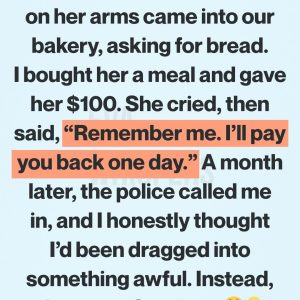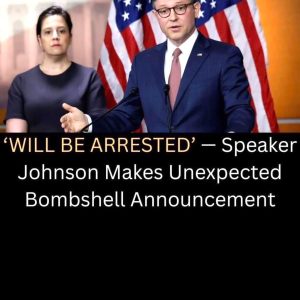When Donald Trump jumped onto Truth Social this week and declared that Americans would soon receive a $2,000 “dividend,” the announcement exploded across the country. Supporters called it bold. Critics called it impossible. But one thing was certain: people wanted to know exactly who would qualify and how the money would actually reach them. Trump framed the payout as a reward for what he views as the economic windfall generated by his aggressive tariff strategy. According to him, the tariffs have transformed the United States into “the richest, most respected country in the world,” with soaring markets, healthier retirement accounts, and a long-awaited chance to start paying down the national debt.
“This is all because of Tariffs,” Trump wrote. “People who oppose them are FOOLS. We are taking in trillions. The country has never been stronger.”
The promise was blunt: $2,000 for “almost everyone.” But once his economic team began speaking publicly, the picture grew more complicated.
Treasury Secretary Scott Bessent, who has quickly become one of the main architects of Trump’s economic messaging, hinted that the payments wouldn’t be universal. In an interview on Fox & Friends, he floated the first real eligibility guideline: families earning under $100,000 a year would likely make the cut. His phrasing wasn’t definitive, but it was deliberate. The administration is still arguing internally over the income ceiling, though Bessent signaled the president is leaning toward a broad payout rather than a narrow one.
“Well, there are a lot of options here,” Bessent said. “The president’s talking about a $2,000 rebate for families making less than, say, $100,000. That’s one model being discussed.”





